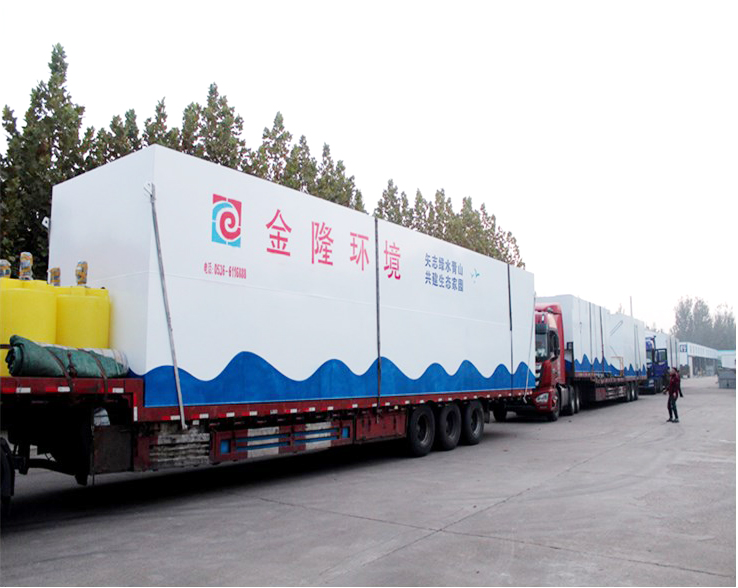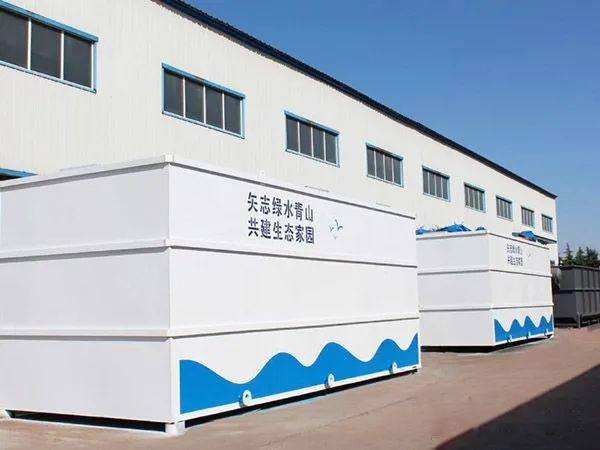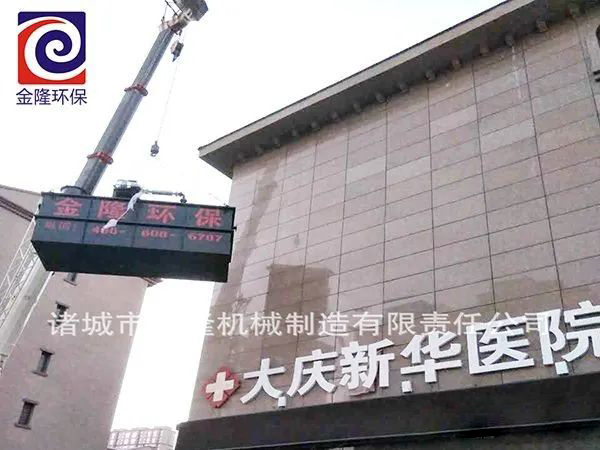
Hospital sewage refers to the sewage generated by hospitals that contains pathogens, heavy metals, disinfectants, organic solvents, acids, alkalis, and radioactivity. It has the characteristics of spatial pollution, acute infection, and latent infection. Without effective treatment, it can become an important pathway for the spread of diseases and severely pollute the environment. Therefore, the construction of sewage treatment plant in hospitals has become the key to solving this problem.
1.Hospital sewage collection and pretreatment
The project adopts a domestic sewage and rainwater flow pipeline system, which is consistent with the urban drainage system. The medical sewage and domestic sewage in the hospital area are collected through the drainage pipe network, pretreated by the scattered buried sewage treatment devices (septic tank, oil separator, and septic tank and pre disinfection tank dedicated to the drainage of infectious wards) in the hospital area, and then discharged to the sewage treatment station in the hospital area for treatment. After meeting the discharge standard of Water Pollutants Discharge Standard for Medical Institutions, they are discharged into the urban sewage treatment plant through the urban sewage pipe network.

Main processing unit description of sewage treatment plant
① The grid well is equipped with two layers of coarse and fine grids, with a gap of 30 mm between the coarse grids and 10 mm between the fine grids. Intercept large particles of suspended matter and finely agglomerated soft matter (such as paper scraps, rags, or food residues) to protect the water pump and subsequent processing units. When placing, the grating should be tilted at a 60 ° angle to the horizontal line of the water flow direction to facilitate the removal of obstructed residues. To prevent pipeline sedimentation and the dispersion of obstructed substances, the design should maintain the sewage flow rate before and after the grating between 0.6 m/s and 1.0 m/s. The substances obstructed by the grating should be disinfected during removal due to the presence of a large amount of pathogens.
② Regulating pool
he nature of hospital drainage determines the uneven quality of the incoming water from the sewage treatment station. Therefore, a regulating tank is set up to homogenize the quality and quantity of sewage and reduce the impact of impact loads on subsequent treatment units. At the same time, set up an accident override pipe to the accident pool. Aeration equipment is installed in the regulating tank to prevent the sedimentation of suspended particles and improve the biodegradability of wastewater.
③ Hypoxic aerobic pool
Anoxic aerobic tank is the core process of sewage treatment. Its advantage is that in addition to degrading organic pollutants, it also has a certain function of nitrogen and phosphorus removal. The A/O process connects the front anaerobic section and the rear aerobic section in series, with A section DO not exceeding 0.2 mg/L and O section DO=2 mg/L-4 mg/L.
In the anoxic stage, heterotrophic bacteria hydrolyze suspended pollutants such as starch, fibers, carbohydrates, and soluble organic matter in sewage into organic acids, causing macromolecular organic matter to decompose into small molecule organic matter. Insoluble organic matter is converted into soluble organic matter. When these products of anaerobic hydrolysis enter the aerobic tank for aerobic treatment, the biodegradability of sewage is improved and the efficiency of oxygen is improved.
In the anoxic section, heterotrophic bacteria ammonifies pollutants such as protein and fat (N on the organic chain or amino acid in the amino acid) to free ammonia (NH3, NH4+). Under sufficient oxygen supply conditions, the nitrification of autotrophic bacteria oxidizes NH3-N (NH4+) to NO3 -, and returns to pool A through reflux control. Under anoxic conditions, the denitrification of heterotrophic bacteria reduces NO3 - to molecular nitrogen (N2) to complete the cycle of C, N, and O in the ecology and realize harmless sewage treatment.
④ Disinfection tank
The filter effluent enters the disinfection contact tank to maintain a certain contact time between the sewage and the disinfectant, ensuring that the disinfectant effectively kills bacteria in the water. The effluent is discharged into the municipal pipeline network. According to the "Water Pollutant Discharge Standards for Medical Institutions", the contact time of sewage from infectious disease hospitals should not be less than 1.5 hours, and the contact time of sewage from comprehensive hospitals should not be less than 1.0 hour.

Post time: Apr-28-2023